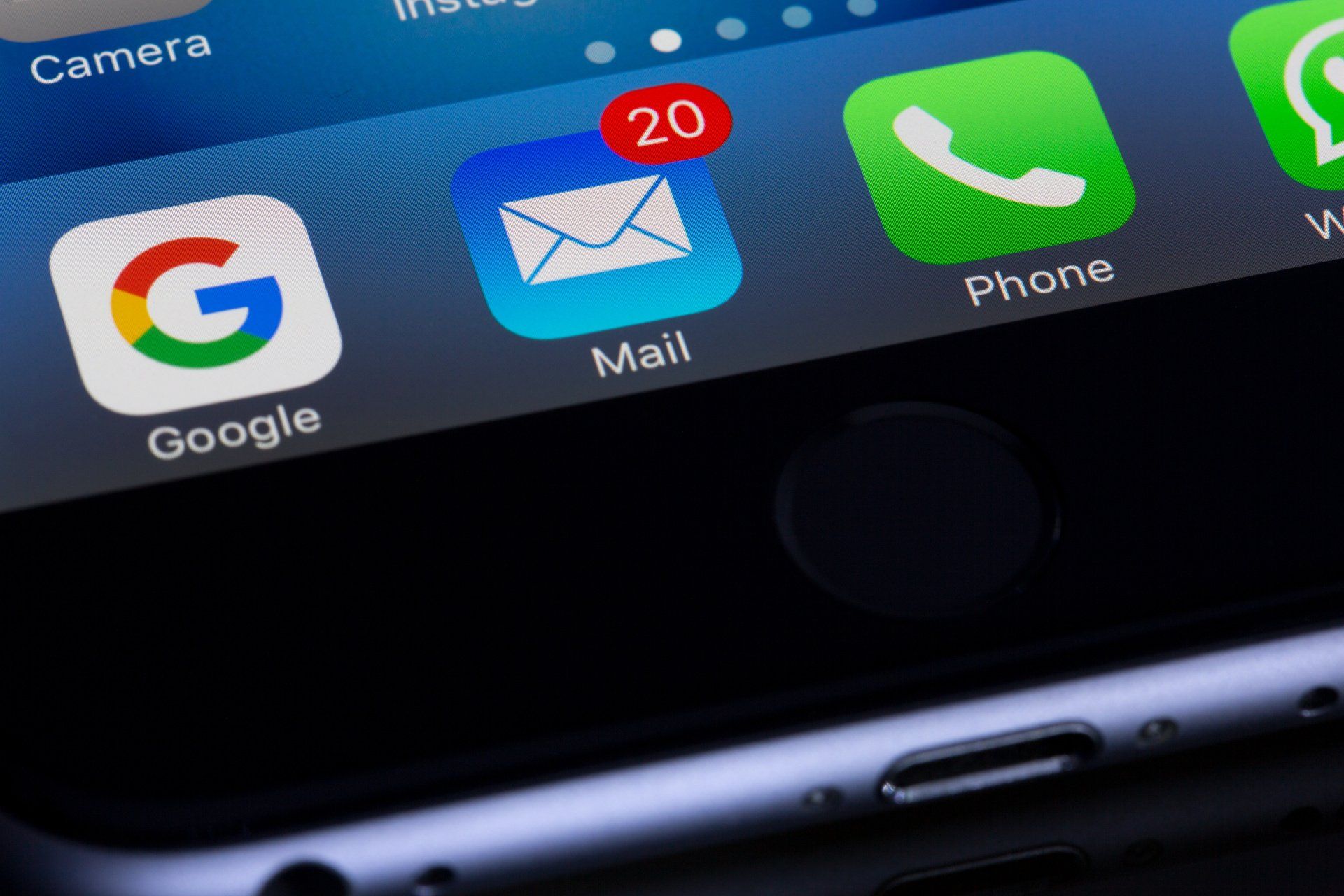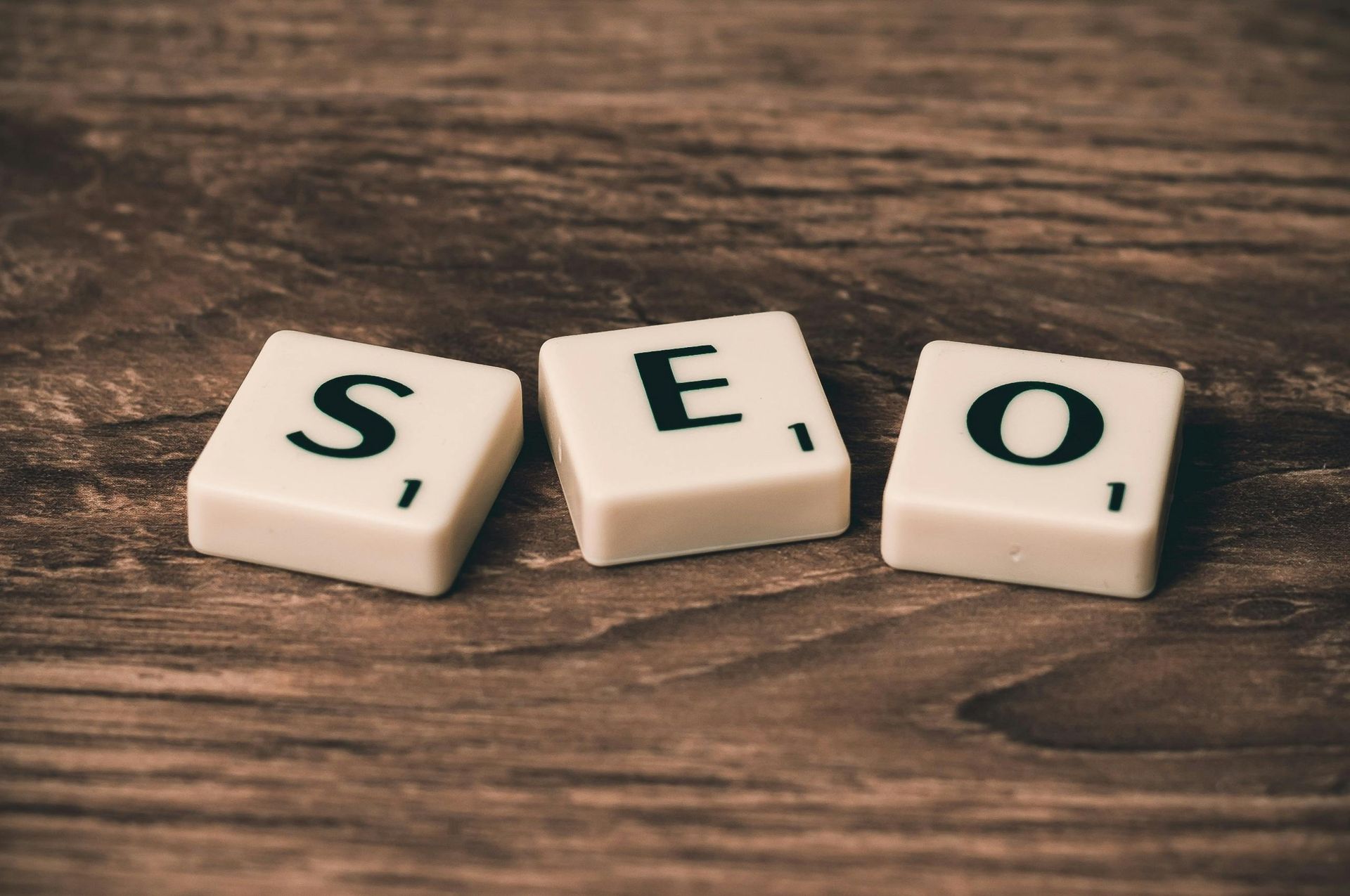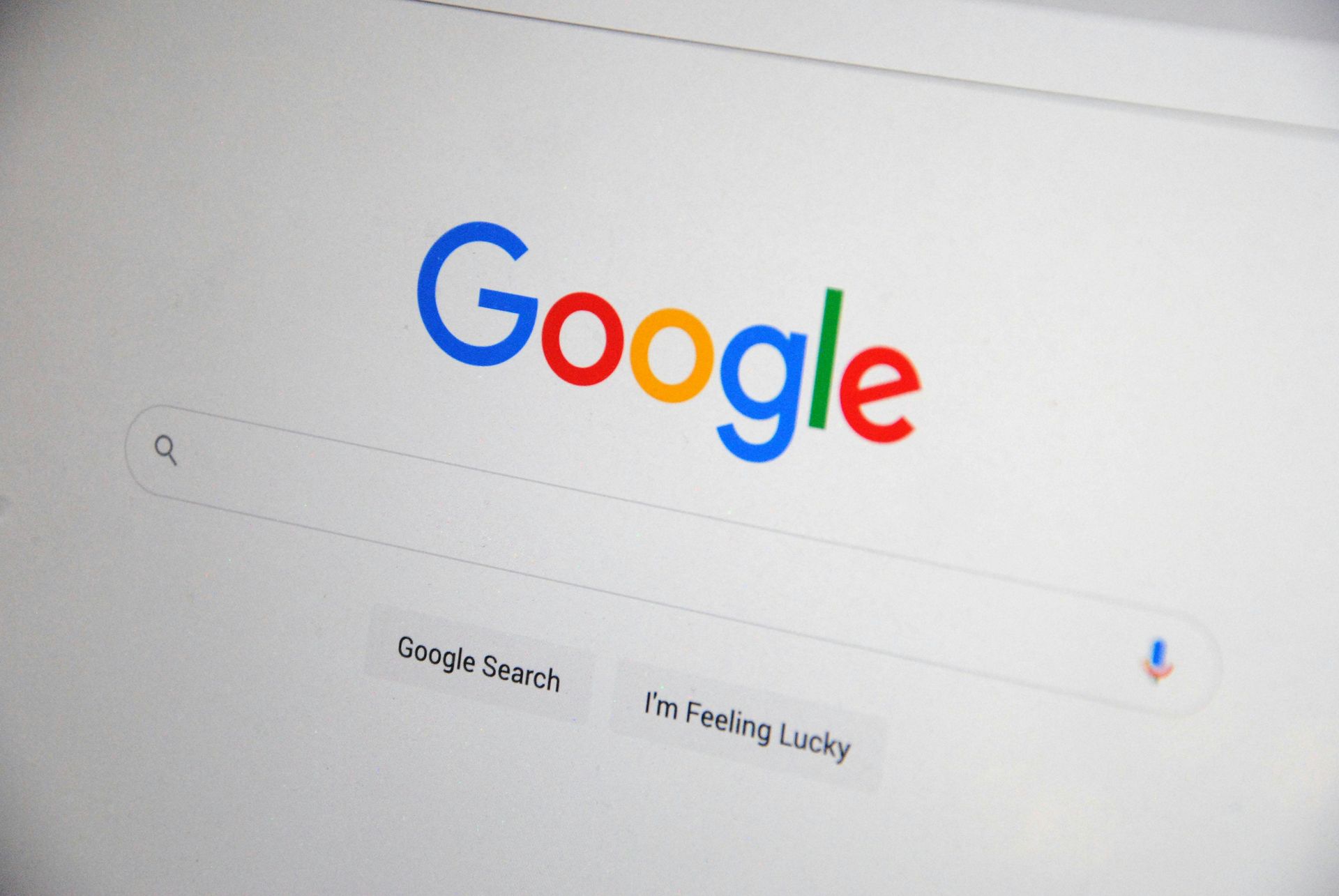Maximizing Audience Engagement: Leveraging Text and Email
Engaging Your Audience: The Synergy of Text and Email Communication Tools

In an age where digital communication dominates, finding the most effective ways to reach and communicate with your audience is paramount for any organization. The dynamic duo of text software and email software stands at the forefront of this quest, offering unique advantages and capabilities that can significantly amplify audience engagement. This article delves into how leveraging these tools can transform your communication strategies, ensuring your messages not only reach but also resonate with your audience.
The Rise of Text Software in Audience Communication
Text software, often associated with SMS (Short Message Service), provides a direct line to your audience's pocket. Its power lies in immediacy and accessibility. With the majority of text messages read within minutes of receipt, this channel offers unparalleled potential to capture attention in real-time. Whether it's for timely updates, reminders, or personalized messages, text software enables organizations to communicate with their audience in a way that's both efficient and effective.
Moreover, the adoption of advanced text messaging platforms has introduced features like automation, audience segmentation, and integration with other digital tools, further enhancing the reach and impact of text-based communication. These capabilities allow for tailored messages that speak directly to the interests and needs of different audience segments, increasing engagement and fostering a closer connection.
Email Software: The Enduring Champion of Digital Marketing
Despite the surge in new communication technologies, email remains a cornerstone in reaching and engaging with audiences. Email software has evolved significantly, offering sophisticated tools to design, send, and track emails with a level of precision and personalization previously unimaginable. The strength of email lies in its ability to convey more comprehensive information, supported by visuals and links, making it ideal for newsletters, detailed announcements, and promotional content.
The analytics provided by email software is another key advantage, offering insights into open rates, click-through rates, and subscriber behavior. This data is invaluable for refining strategies, understanding audience preferences, and creating more compelling content. When combined with segmentation and automation, email campaigns can be highly targeted, delivering the right message to the right people at the right time.
A Symbiotic Relationship: Integrating Text and Email for Maximum Impact
While text and email software each offer distinct benefits, their true potential is unlocked when used in tandem. Integrating text and email campaigns allows for a multi-channel approach, ensuring broader coverage and multiple touchpoints with your audience. For instance, text messages can serve as reminders or prompts to check out more detailed content available via email. Conversely, email can provide in-depth information following a teaser or alert sent through text.
This integrated strategy not only broadens your reach but also caters to varying preferences among your audience, accommodating those who appreciate the brevity of texts and others who seek more comprehensive information via email. The key is to maintain a consistent and cohesive message across both channels, reinforcing your communication goals and strengthening your connection with the audience.
Conclusion: Crafting a Cohesive Communication Strategy
In today’s digital landscape, the ability to effectively reach and communicate with your audience is crucial for building engagement and fostering lasting relationships. Text software and email software are powerful allies in this endeavor, each offering unique advantages for immediate impact and in-depth engagement. By leveraging these tools individually and in combination, organizations can develop a cohesive and comprehensive communication strategy that resonates with their audience, driving engagement and achieving their goals.












